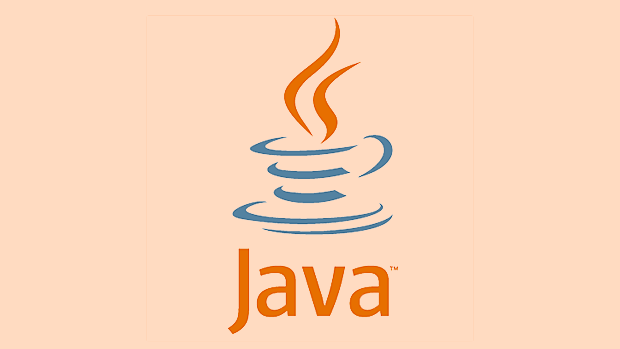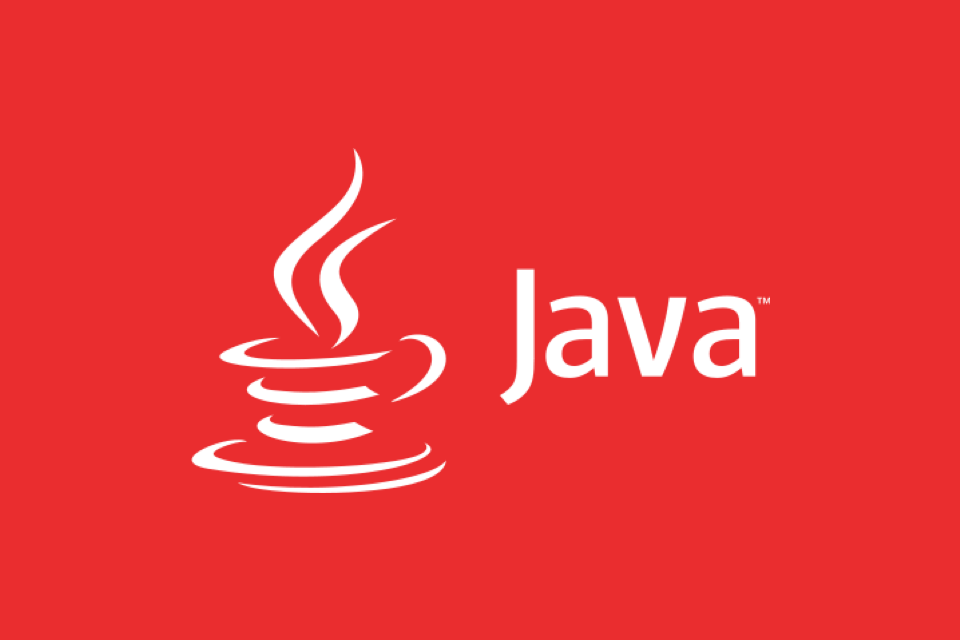To use AspectJ to implement AOP programming in Java, you need to clearly define the sections, write point-cut expressions, master the recommended usage of Around, and choose the appropriate weaving method. When defining a section, create a class and add @Aspect annotation, specify the notification type with @Before, @After, etc., and define the interception range through execution expressions; it is recommended to start with a simple writing method, such as execution(com.example.service..*(..)) means intercepting all methods under the specified package, and you can also combine conditions with annotations or logical operators; Around suggests that the most powerful, you need to call joinPoint.proceed() to execute the original method, and pay attention to exception handling and return value types; there are two types of weaving methods: the weaving during the compilation period is good but the configuration is complex, and the runtime weaving is suitable for Spring projects, with simple configuration but certain runtime overhead; it is recommended that new projects be weaving during the performance, and the compilation period weaving is selected for performance-sensitive scenarios.

AOP (sectional programming) does solve many problems of code duplication in Java, especially functions such as logging, permission control, and transaction management that span multiple modules. AspectJ is one of the most mature implementations of AOP in Java, and is more flexible and powerful to use than native Spring AOP.

The following points are the key content when actually using AspectJ, and it is also a place where many people search and stumble.
How to define an Aspect
The core of AspectJ is "section", which extracts non-business logic from the main process. To define a section, a class is usually created with @Aspect annotation.

@Aspect
public class LoggingAspect {
@Before("execution(* com.example.service.*.*(..))")
public void logBefore(JoinPoint joinPoint) {
System.out.println("Method called: " joinPoint.getSignature().getName());
}
} @Before in the example above indicates that it is triggered before the target method is executed, and the expression inside indicates that all methods under com.example.service package are intercepted.
Notice:

- The writing of point-cut expressions is very important, you can start with a simple
execution. - If you are using Spring, you also need to add
@Componentor manually register this aspect class.
How to write a point expression so as not to be confused
Pointcut expressions determine where your face will take effect, which is the most error-prone part.
Several common writing methods:
Intercept all methods under a package:
execution(* com.example.service.*.*(..))
Methods to intercept specific annotations:
@annotation(com.example.annotation.LogExecution)
Use multiple conditions in combination:
execution(* com.example.service.*.*(..)) && within(com.example.service..*)
suggestion:
- When writing, start testing from a small range, such as intercepting only one specific method.
- Use the IDE's automatic completion function to check the syntax.
- Don't write too complicated expressions from the beginning, as they are easily hurt by accident.
How to use Around Advice to avoid overturning
Around recommendations are the most powerful because they can be processed before and after the method is executed, and even decide whether to continue to execute the target method.
Example:
@Around("execution(* com.example.service.*.*(..))")
public Object doLogging(ProceedingJoinPoint joinPoint) throws Throwable {
System.out.println("Before method");
Object result = joinPoint.proceed(); // Execute the original method System.out.println("After method");
return result;
}Need to note:
-
proceed()method must be called, otherwise the target method will not be executed. - Exceptions can be handled uniformly through try-catch.
- It is best to use
Objectfor return value types because you don't know what the target method returns.
Compilation period weaving vs runtime weaving
AspectJ supports two weaving methods:
- Weaving during the compilation period : Insert the facet code into the target class during the compilation stage, which has good performance, but the configuration is a little troublesome.
- Load-time weaving : Weaving when class loads, suitable for projects that cannot modify the build process.
If you are using Spring Boot, the default is runtime weaving, and you only need to introduce dependencies. If it is a normal project or you want to optimize performance, you can consider weaving it in the compile period and matching it with Maven or Gradle plug-ins.
Select suggestions:
- New or Spring projects are recommended to weave in runtime, which is simple and convenient.
- Performance-sensitive scenarios, or if you want to reduce the runtime burden, you can weave it in the compile period.
Basically that's it. AspectJ is powerful, but it is still a bit of a barrier to getting started, especially the difference between point-cut expressions and different weaving methods. Write a few more small examples and you will be able to grasp its routines slowly.
The above is the detailed content of Java Aspect-Oriented Programming (AOP) with AspectJ. For more information, please follow other related articles on the PHP Chinese website!

Hot AI Tools

Undress AI Tool
Undress images for free

Undresser.AI Undress
AI-powered app for creating realistic nude photos

AI Clothes Remover
Online AI tool for removing clothes from photos.

Clothoff.io
AI clothes remover

Video Face Swap
Swap faces in any video effortlessly with our completely free AI face swap tool!

Hot Article

Hot Tools

Notepad++7.3.1
Easy-to-use and free code editor

SublimeText3 Chinese version
Chinese version, very easy to use

Zend Studio 13.0.1
Powerful PHP integrated development environment

Dreamweaver CS6
Visual web development tools

SublimeText3 Mac version
God-level code editing software (SublimeText3)
 Asynchronous Programming Techniques in Modern Java
Jul 07, 2025 am 02:24 AM
Asynchronous Programming Techniques in Modern Java
Jul 07, 2025 am 02:24 AM
Java supports asynchronous programming including the use of CompletableFuture, responsive streams (such as ProjectReactor), and virtual threads in Java19. 1.CompletableFuture improves code readability and maintenance through chain calls, and supports task orchestration and exception handling; 2. ProjectReactor provides Mono and Flux types to implement responsive programming, with backpressure mechanism and rich operators; 3. Virtual threads reduce concurrency costs, are suitable for I/O-intensive tasks, and are lighter and easier to expand than traditional platform threads. Each method has applicable scenarios, and appropriate tools should be selected according to your needs and mixed models should be avoided to maintain simplicity
 Best Practices for Using Enums in Java
Jul 07, 2025 am 02:35 AM
Best Practices for Using Enums in Java
Jul 07, 2025 am 02:35 AM
In Java, enums are suitable for representing fixed constant sets. Best practices include: 1. Use enum to represent fixed state or options to improve type safety and readability; 2. Add properties and methods to enums to enhance flexibility, such as defining fields, constructors, helper methods, etc.; 3. Use EnumMap and EnumSet to improve performance and type safety because they are more efficient based on arrays; 4. Avoid abuse of enums, such as dynamic values, frequent changes or complex logic scenarios, which should be replaced by other methods. Correct use of enum can improve code quality and reduce errors, but you need to pay attention to its applicable boundaries.
 Understanding Java NIO and Its Advantages
Jul 08, 2025 am 02:55 AM
Understanding Java NIO and Its Advantages
Jul 08, 2025 am 02:55 AM
JavaNIO is a new IOAPI introduced by Java 1.4. 1) is aimed at buffers and channels, 2) contains Buffer, Channel and Selector core components, 3) supports non-blocking mode, and 4) handles concurrent connections more efficiently than traditional IO. Its advantages are reflected in: 1) Non-blocking IO reduces thread overhead, 2) Buffer improves data transmission efficiency, 3) Selector realizes multiplexing, and 4) Memory mapping speeds up file reading and writing. Note when using: 1) The flip/clear operation of the Buffer is easy to be confused, 2) Incomplete data needs to be processed manually without blocking, 3) Selector registration must be canceled in time, 4) NIO is not suitable for all scenarios.
 How Java ClassLoaders Work Internally
Jul 06, 2025 am 02:53 AM
How Java ClassLoaders Work Internally
Jul 06, 2025 am 02:53 AM
Java's class loading mechanism is implemented through ClassLoader, and its core workflow is divided into three stages: loading, linking and initialization. During the loading phase, ClassLoader dynamically reads the bytecode of the class and creates Class objects; links include verifying the correctness of the class, allocating memory to static variables, and parsing symbol references; initialization performs static code blocks and static variable assignments. Class loading adopts the parent delegation model, and prioritizes the parent class loader to find classes, and try Bootstrap, Extension, and ApplicationClassLoader in turn to ensure that the core class library is safe and avoids duplicate loading. Developers can customize ClassLoader, such as URLClassL
 Handling Common Java Exceptions Effectively
Jul 05, 2025 am 02:35 AM
Handling Common Java Exceptions Effectively
Jul 05, 2025 am 02:35 AM
The key to Java exception handling is to distinguish between checked and unchecked exceptions and use try-catch, finally and logging reasonably. 1. Checked exceptions such as IOException need to be forced to handle, which is suitable for expected external problems; 2. Unchecked exceptions such as NullPointerException are usually caused by program logic errors and are runtime errors; 3. When catching exceptions, they should be specific and clear to avoid general capture of Exception; 4. It is recommended to use try-with-resources to automatically close resources to reduce manual cleaning of code; 5. In exception handling, detailed information should be recorded in combination with log frameworks to facilitate later
 How does a HashMap work internally in Java?
Jul 15, 2025 am 03:10 AM
How does a HashMap work internally in Java?
Jul 15, 2025 am 03:10 AM
HashMap implements key-value pair storage through hash tables in Java, and its core lies in quickly positioning data locations. 1. First use the hashCode() method of the key to generate a hash value and convert it into an array index through bit operations; 2. Different objects may generate the same hash value, resulting in conflicts. At this time, the node is mounted in the form of a linked list. After JDK8, the linked list is too long (default length 8) and it will be converted to a red and black tree to improve efficiency; 3. When using a custom class as a key, the equals() and hashCode() methods must be rewritten; 4. HashMap dynamically expands capacity. When the number of elements exceeds the capacity and multiplies by the load factor (default 0.75), expand and rehash; 5. HashMap is not thread-safe, and Concu should be used in multithreaded
 Explained: Java Polymorphism in Object-Oriented Programming
Jul 05, 2025 am 02:52 AM
Explained: Java Polymorphism in Object-Oriented Programming
Jul 05, 2025 am 02:52 AM
Polymorphism is one of the core features of Java object-oriented programming. Its core lies in "one interface, multiple implementations". It implements a unified interface to handle the behavior of different objects through inheritance, method rewriting and upward transformation. 1. Polymorphism allows the parent class to refer to subclass objects, and the corresponding methods are called according to the actual object during runtime; 2. The implementation needs to meet the three conditions of inheritance relationship, method rewriting and upward transformation; 3. It is often used to uniformly handle different subclass objects, collection storage and framework design; 4. When used, only the methods defined by the parent class can be called. New methods added to subclasses need to be transformed downward and accessed, and pay attention to type safety.
 Effective Use of Java Enums and Best Practices
Jul 07, 2025 am 02:43 AM
Effective Use of Java Enums and Best Practices
Jul 07, 2025 am 02:43 AM
Java enumerations not only represent constants, but can also encapsulate behavior, carry data, and implement interfaces. 1. Enumeration is a class used to define fixed instances, such as week and state, which is safer than strings or integers; 2. It can carry data and methods, such as passing values ??through constructors and providing access methods; 3. It can use switch to handle different logics, with clear structure; 4. It can implement interfaces or abstract methods to make differentiated behaviors of different enumeration values; 5. Pay attention to avoid abuse, hard-code comparison, dependence on ordinal values, and reasonably naming and serialization.






